In the footsteps of the exhibition Eurosatory 2016: trends in the development of armored vehicles. Part of 4
The new Ajax armored vehicle, formerly known as the Scout SV, was ordered in five versions: Ares, Apollo, Athena, Atlas and Argus, which will replace the existing CVR (T) cars
Tracked vehicles
In the UK, two tracked vehicle programs are currently being implemented. One of them, known by the abbreviation WCSP (Warrior Capability Sustainment Program), is actually a modernization program, and the second is developing a new Ajax machine (formerly Scout SV). The connecting element of these programs is the 40-mm CTA cannon with telescopic ammunition, the first production standard sample of which was delivered in March 2016.
The WCSP program provides for upgrading 380 from 789 original Warrior armored vehicles manufactured at the end of 80's. It includes electronic architecture, modular protection, increased combat qualities and fire power, a new double tower from Lockheed Martin, armed with the already mentioned 40-mm cannon, which will replace the old tower.
As for the new Ajax car, it is based on the GDELS ASCOD 2 chassis, equipped with a Lockheed Martin turret, also armed with a CTA 40-mm cannon; the very same basic structure of the tower is manufactured by Rheinmetall. All 245 machines with 38 tons will be equipped with an integrated surveillance, reconnaissance and target designation system. Most of them, 198 machines, will be in reconnaissance and attack versions, 23 in the version of advanced observers and 24 with a radar station in the version of ground surveillance. A non-turret version with a Kongsberg remotely-controlled combat module (SDS), known as PMRS (Protected Mobility Reconnaissance Support), will also be available in several versions: Xrescent vehicles in the Ares variant (93 armored personnel carriers and 59 in surveillance and reconnaissance configuration), 34 command vehicles Athena and 112 engineering reconnaissance machine Argus, 51 evacuation machines Atlas and 38 Apollo repair machines. Thus, the program will produce a total of 50 machines. The first 589-mm serial guns were delivered in the 40 mara of the year, and the new Ajax machine passed firing tests in mid-April. Unmanned testing will be completed by the end of 2016 of the year, the first tests of the tower with the crew are scheduled for the beginning of 2016 of the year. With both Ajax and WCSP, a total of XTA XTA cannons have been ordered for CTA.
Ajax Machine Family
The start of 2016 of the year was marked by the beginning of the delivery of the new Pizarro II machine to the Spanish ground forces. Compared to the original Pizarro cars, which the Spaniards have in their arsenal 144 units, the machines purchased in Phase II of this program have gained weight and therefore a new MTU engine 8V TE20 with an 710 hp power has been installed. (the former engine had power 600 hp). This led to the replacement of the original Renk transmission by the new SAPA SG-850 transmission. The machine body is slightly wider (+ 210 mm) and taller (+ 107 mm), the width is increased due to the side screens, which increase protection and reduce the thermal visibility of the tracks. In the aft compartment can accommodate six or seven paratroopers, depending on the combat mission, while the aft door was redone. The tower was also upgraded, a ballistic computer was installed, the commander and the gunner received new displays, and the commander also received a new control handle. The increase in mass led to a decrease in fuel volume by about 10% with a corresponding decrease in power reserve. Initially, the Spanish army was to receive 212 new Pizarro cars in different versions, but for financial reasons the number of cars was reduced to 117.
GDELS company actively promotes its vehicles both in the wheeled and in the crawler segment. After Denmark selected its wheeled vehicle, it was the turn of the tracks, and now the company offers Colombia its Ascod vehicle in the armored personnel carrier version.
Denmark, Estonia, Finland, the Netherlands, Norway, Sweden and Switzerland are armed with a CV90 tracked vehicle, and the original manufacturer-company BAE Systems continues to refine and modernize it. The latest contract was obtained from Sweden for the 262 upgrade of the CV90 machines. Of these, 172 vehicles will be in the form of Stridsfordon 9040 (Strf) infantry combat vehicle, Stridsledningspansarbandvagn 40 command post 90 (Stripbv), advanced observers 22, Lvkv 16 self-propelled self-propelled guns Lvk 90, and 12 -PHR -R-XRX -RP-RHPX-RH-XRX -R-RHPXR-RHPX-RHPXR-RHPXR-RHP. These machines will modify the chassis and upgrade the towers, increase the level of protection and thus combat capabilities. A key element of the modernization is the integration of a new battle management system to replace the existing tactical command and control system TCCS (Tactical Command and Control System), which will allow these machines to “enter” the digital age. The BMP fire control system will receive updated software, while the existing twin machine gun M90A1919 (in the Swedish army Ksp m / 4) will be replaced with the machine gun FN MAG (Ksp m / 39). Deliveries will take place from 59 to 2018 year.
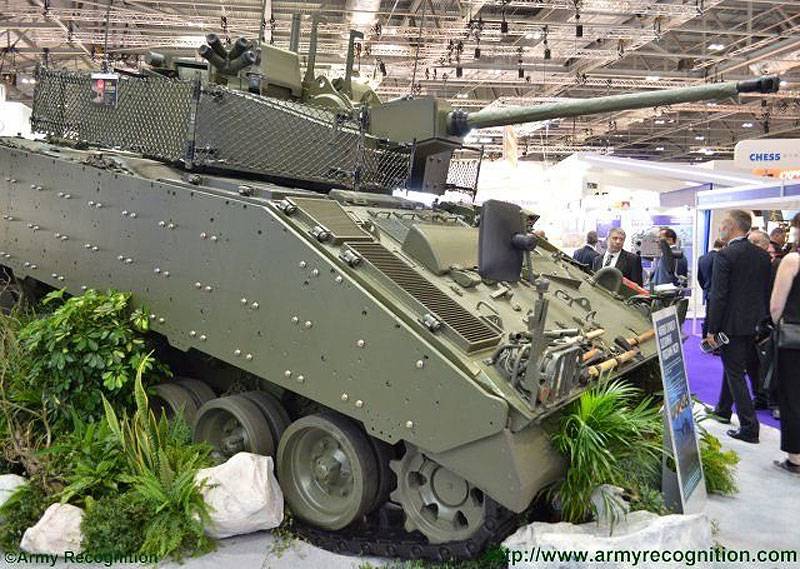
The program to extend the life of the BMP Warrior is aimed at upgrading the current fleet of cars Warrior. One of the major changes will be the installation of a new tower with a 40-mm CTA cannon with telescopic ammunition.
Currently, Norway receives the most advanced version of the armored vehicle CV90 produced by BAE Systems. This car of Swedish origin is in service with seven countries
In January 2016, Estonia announced it had acquired 35 used CV90 machines from Norway; earlier in December, 2014 of the year she already bought the 44 machines CV9035NL. These purchases are aimed at manning the 1 Infantry Brigade with vehicles in the form of combat support; the type and number of specialized options remains unknown, although some of them will undoubtedly be converted into control centers. Norway sold part of its outdated Estonia CV90S because it purchased the new standard 103 tracked vehicle, which includes most of the recent modernization proposals. Among them, it is worth noting a semi-active suspension, rubber tracks, a new, more powerful 600 kW engine that can cope with a significant increase in mass (the new CV90 machines weigh about 35 tons), new ballistic and mine protection and finally full digitization. A hybrid diesel-electric engine is also offered. The new CV9030N (N stands for Norway) also has an Orbital-ATK chain drive M52 cannon with a paired 7,62-mm machine gun.
On June 24, 2015, the first Puma infantry fighting vehicle was handed over to the Bundeswehr. The new BMP of the German army is being assembled in Unterluss by Rheinmetall Waffe Munition and in Munich by Krauss-Maffei Wegmann. These companies have created the joint venture Projeckt System & Management GmbH (PSM) specifically for the Puma project. Production is in the stage of increasing production volumes, each plant has already manufactured at least 25 cars, and the total number of cars contracted by the Bundeswehr is 350, of which eight are driver training machines. These BMPs are delivered to the armored training center in Münster, where each motorized infantry company receives its vehicles and undergoes three months of training before leaving with its vehicles to its military unit. The Puma armored vehicle is equipped with an uninhabited turret armed with a fully stabilized 30 mm MK30-2 / ABM automatic cannon, a twin Spike missile launcher mounted on the left side of the turret. The key feature of Puma is a disconnected undercarriage with a hydropneumatic suspension (a scheme of separate (for each side) undercarriage structures is adopted, in which spring suspension elements are attached to separate undercarriage structures, which in turn are connected to the body through disconnecting elements), built-in fuel tanks and lightweight tracks, as well as an 800 kW engine, providing a specific power of 19 kW / t and, as a result, optimal mobility. Puma's modular armor provides protection against armor-piercing and HEAT projectiles, and its reactive armor is effective against standard RPGs as well as tandem warheads. A rather original solution is the rubber coating of the upper surfaces from ammunition attacking from above. An infrared suppressor, a laser warning receiver and rotary smoke grenade launchers, along with an information management system and networking capabilities, increase the combat stability of the vehicle. A number of upgrades have already been carried out. One of them is the short-range protection system TSWA (Turret-independent Secondary Weapon Station - an additional combat module independent of the tower) with a range of 10-400 meters; the module has a stabilized day / night sight and is capable of firing both lethal and non-lethal 40 mm grenades. The TSWA module can increase the level of protection as well as combat effectiveness in urban operations. A circular situational awareness system with automatic target acquisition for tracking is also being developed, while in the near future the SV-FuA programmable radio station developed by Rohde & Schwarz is expected, which will further increase network centric capabilities.
The German army received about Puma 50 machines. Innovative solutions such as a split running gear are implemented in these machines.
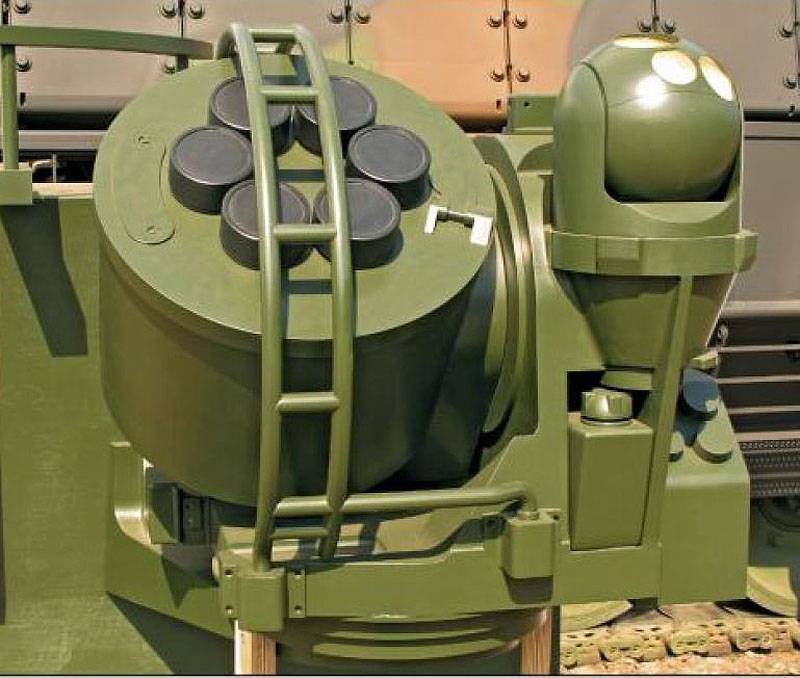
Among the improvements to the German armored car module Turret-independent Secondiiry Weapon Station can be noted, which will significantly increase non-lethal capabilities.
Promising Polish tracked vehicles should be based on the Uniwersalnej Modulowej Platformy Gqsienicowej platform (UMPG - universal modular tracked platform). UMPG will give rise to two families of machines, one will replace the current Tanks T-72, and the second BMP BWP-1, the Polish version of the Soviet BMP-1 (Poland is armed with over 1100 of these vehicles). The second machine under the designation Borsuk is currently being developed by the Obrum concern, and 800 such machines are planned. Recently, computer drawings of the new machine were presented, on which we see a chassis with six road wheels and rubber tracks, equipped with an uninhabited tower ZSSW-30 from Huta Stalowa Wola. The main armament is the 30mm Orkital-ATK Mk44 Bushmaster II gun. A dual launcher is installed on the starboard side of the tower; it is possible that it is intended for long-range missiles Spike-LR, which are already in service with the Polish army. The driver is placed in front of the left, the commander immediately behind him, and the engine and transmission compartment to their right. The configuration of the machine, as well as a hint of a propeller, indicates that the machine will be floating (as provided by Polish requirements). How compatible with high levels of protection will be seen. However, if the concept of modular protection is adopted, then, depending on the installed booking kit, Borsuk may be available in amphibious and non-amphibian versions. It is expected that the prototype will be presented at MSPO 2017. It is worth noting that BAE Systems is actively promoting its CV-90 as a base platform for the Polish program.
In 2017, the Turkish army should issue a request for proposals for a new infantry fighting vehicle. One of the most likely candidates is the Otokar Tulpar armored vehicle.
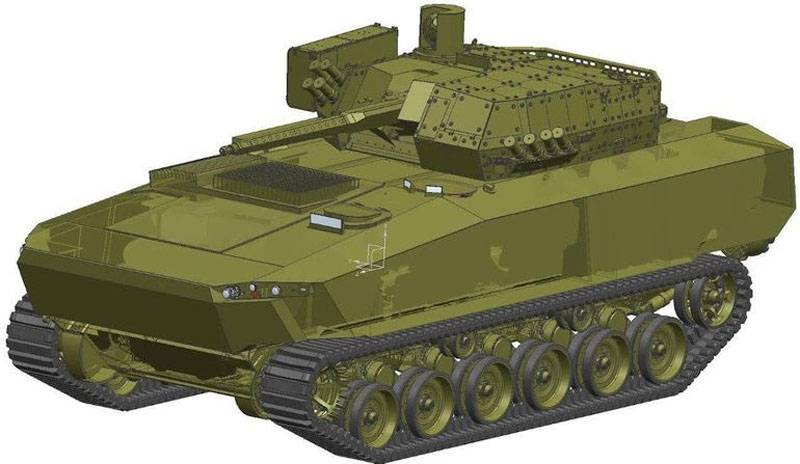
The Polish industry is working on a Borsuk machine, a new prototype of which must be ready in 2017
The Czech Republic is also looking for a replacement for its BMP-2. It is quite possible that CV-90 will find its place under the sun here, because in mid-May 2016, BAE Systems Hagglunds signed an industrial agreement with the local VOP CZ to promote its platform.
In 2017, Turkey should issue a request for proposals for a new combat vehicle. The only machine currently under development and testing is Tulpar from Otokar. With a maximum total tonnage of 42, Tulpar is offered with two different power units. The first is based on a Scania DI16 Turbo Xenumx turbo engine with a common fuel line, coupled with an 810-speed automatic transmission SG-32 produced by the Spanish company SAPA Placencia. It is installed on the current configuration, whose total mass is 850 tons and can be increased to 32 tons. For configurations with a greater mass or customers operating machines in hot climates, Otokar offers an MTU engine with an 35 hp power, coupled with a Renk transmission. The new armored vehicle is equipped with a remote-controlled Otokar Mizrak-1100 electric turret, armed with a 30-mm ATK Mk30 selective-powered cannon with 44 ready-made projectiles and an 210-mm coaxial machine gun; The tower also has stabilized day / night sights of the shooter and the commander with a thermal imager and a laser rangefinder. The choice of a remotely controlled tower made it possible to significantly increase the internal volume of the aft compartment, to which the landing force has through the stern ramp; the commander and the gunner are also located inside the corps. Chassis protection information is not available; it is known that the modular booking kit was designed in collaboration with the German company IBD Deisenroth, while its production is planned in Turkey. As for active protection solutions, the Aselsan Akkor complex can be selected here. Anti-mine protection is a key parameter in the design, so the car has a sufficiently large ground clearance of 7,62 mm, energy-absorbing seats are installed, but the company did not provide information on the anti-mine kit. The internal volume of the vehicle, including the driver’s compartment, meets the requirements of the Turkish army and is 450 m 13. In this case, his workplace is not separated from the troop compartment, the entire internal volume is continuous and therefore the crew members and the landing forces have direct visual contact. The Tulpar armored vehicle was originally designed for transportation in an Airbus Military A3M cargo plane, the 400 of which was ordered by Turkey. Otokar offers several options for Tulpar to meet all the needs of mechanized units.
Продолжение следует ...
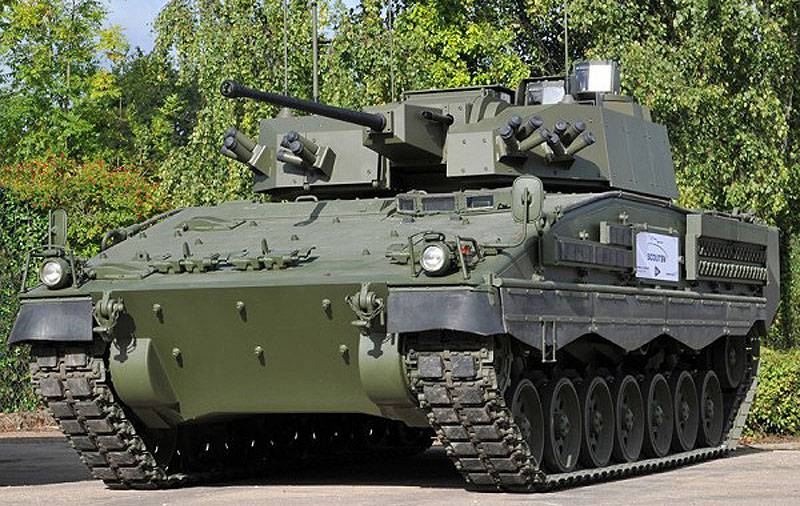
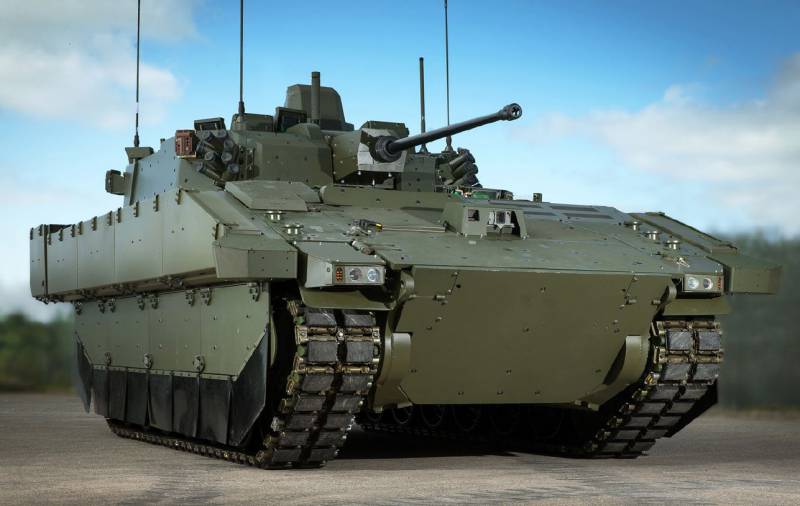

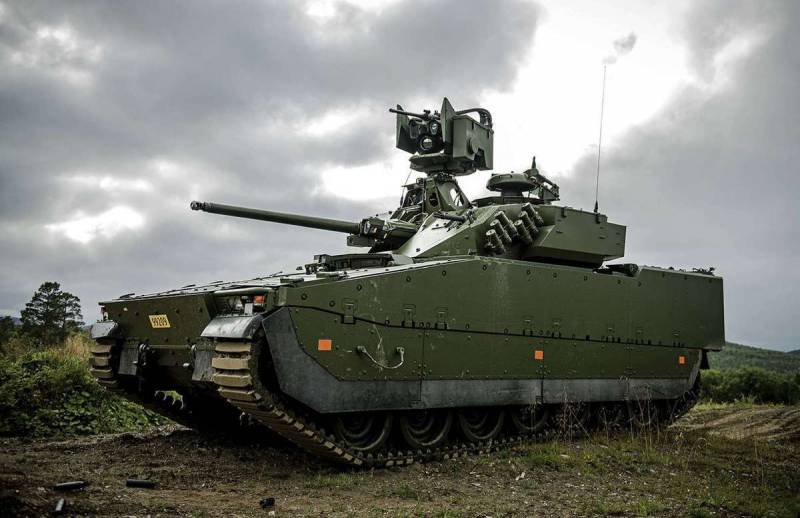
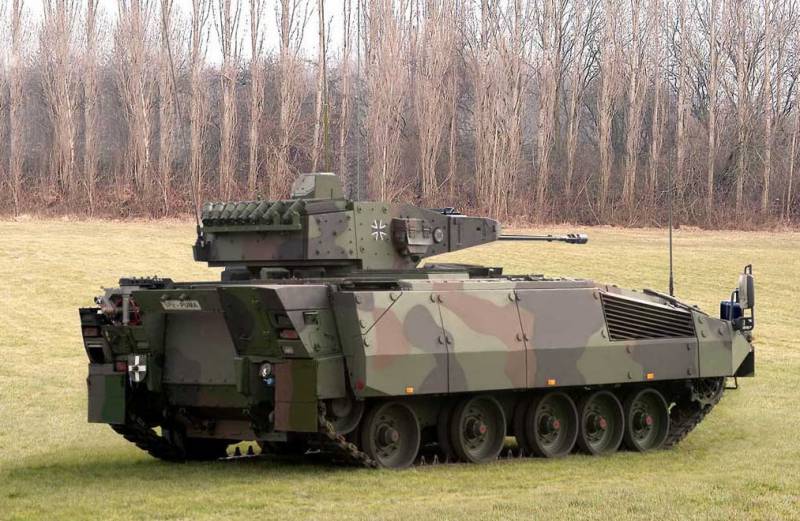
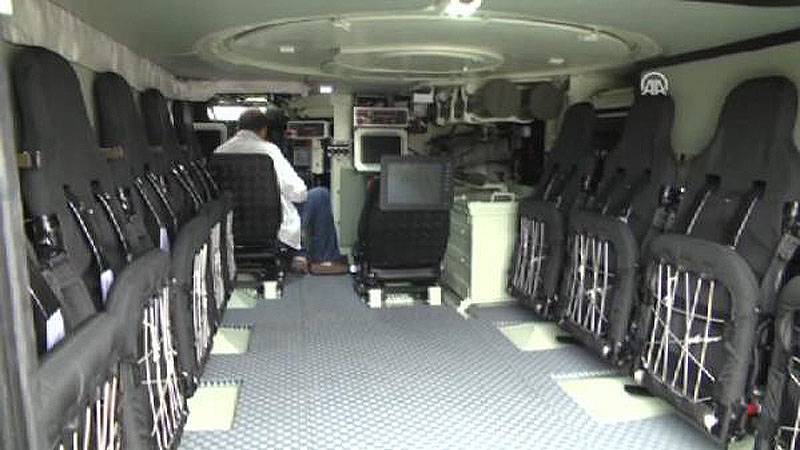
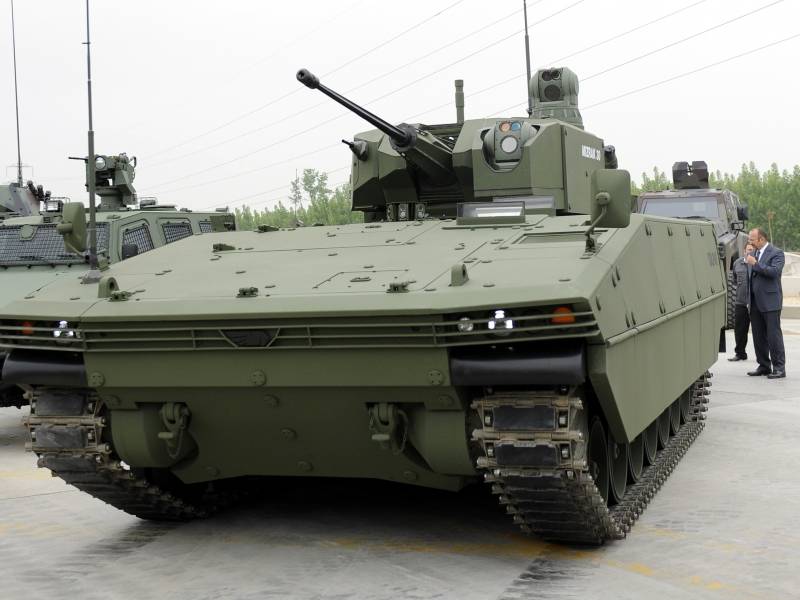
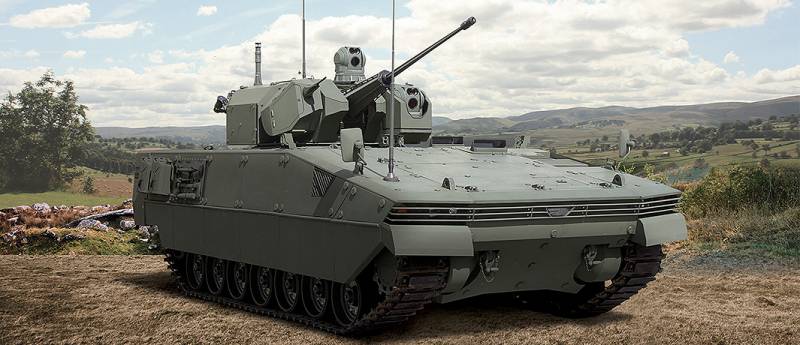
Information